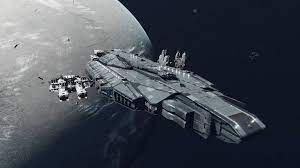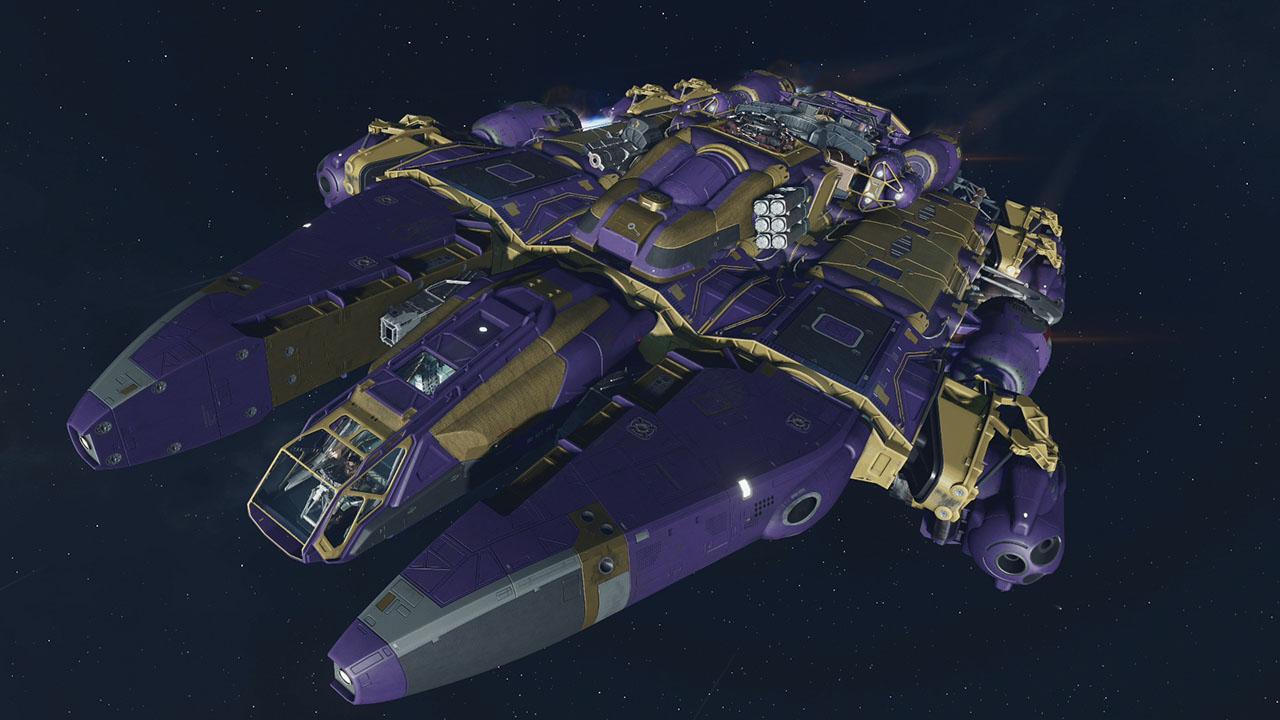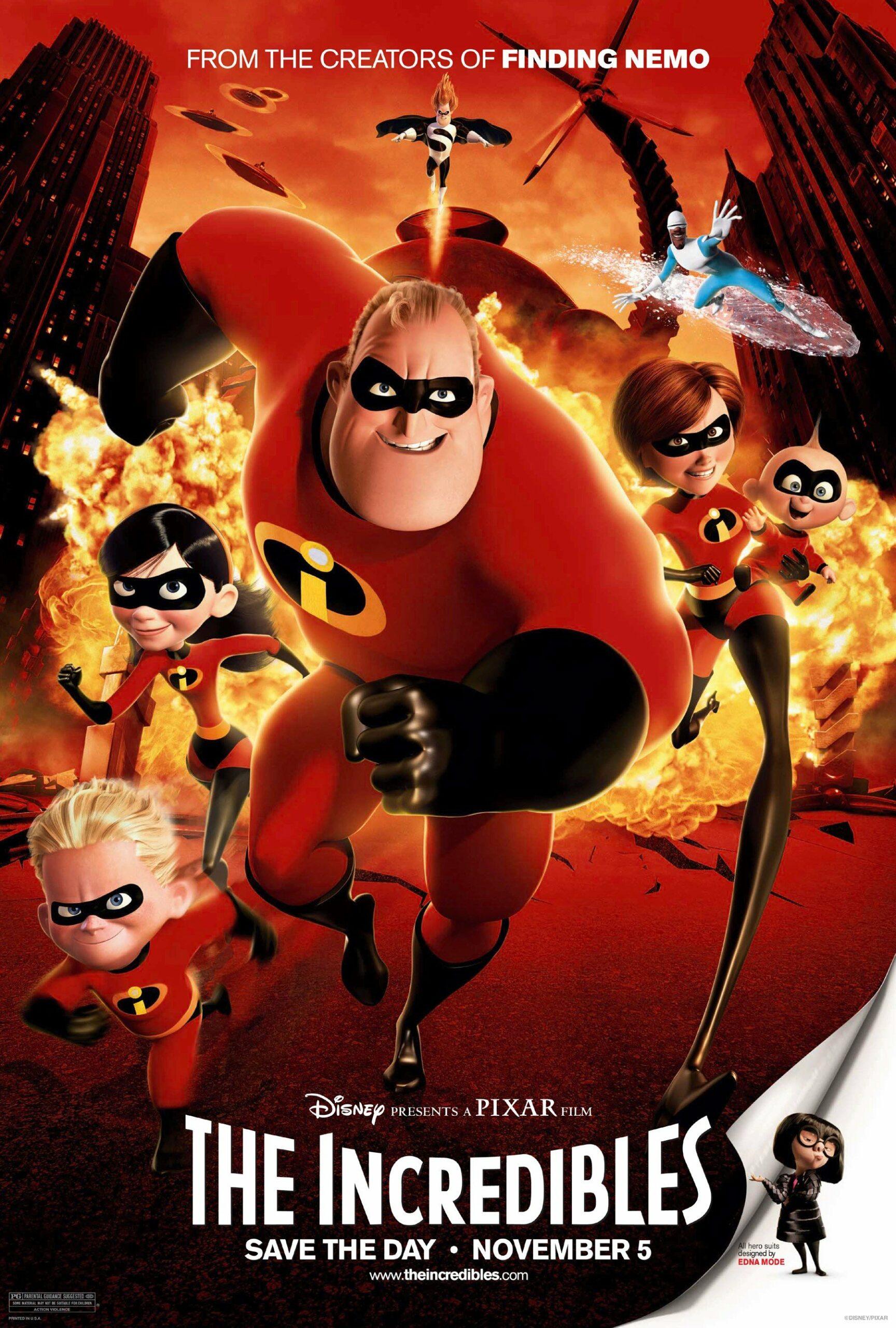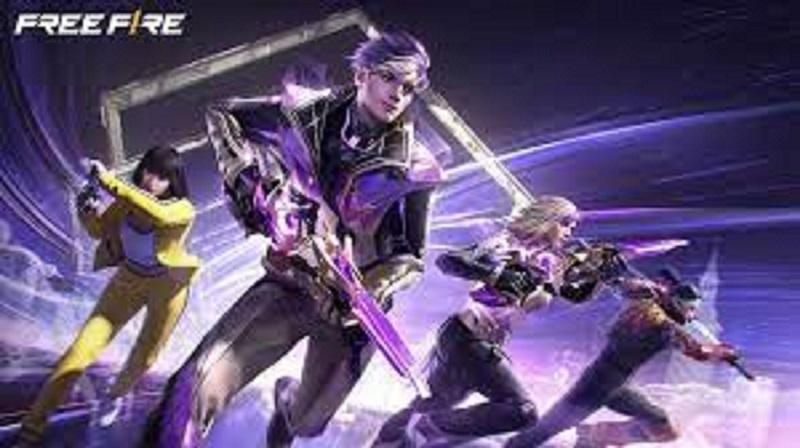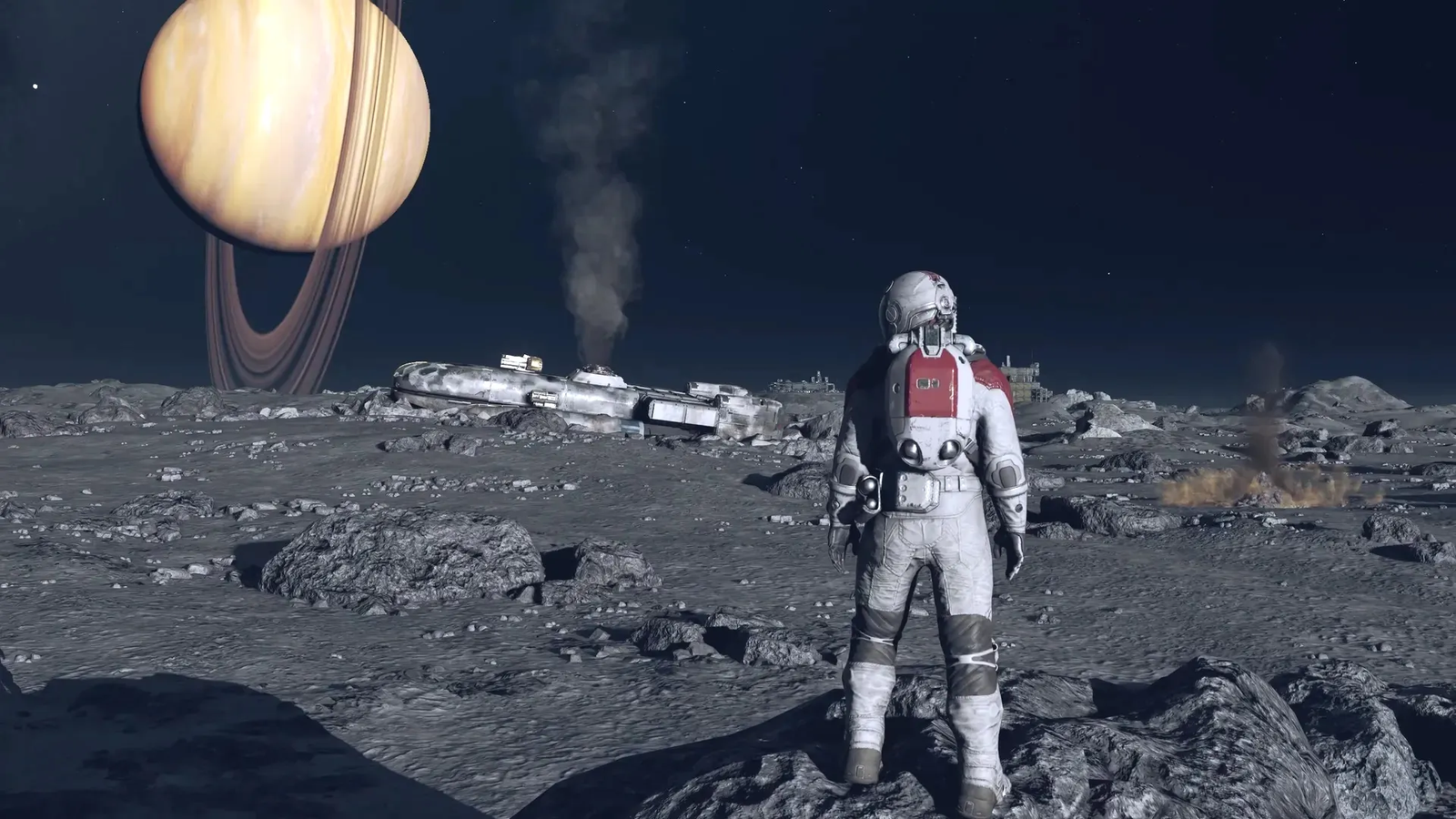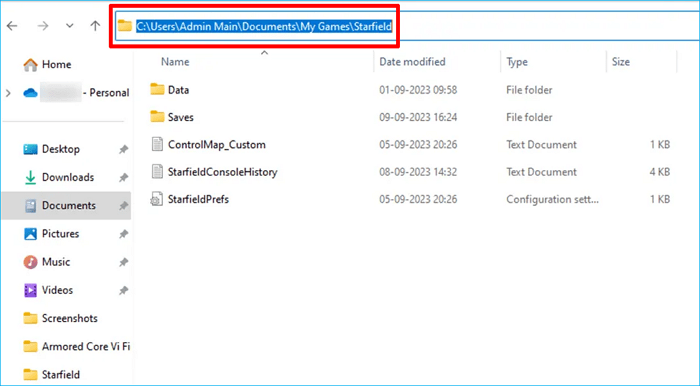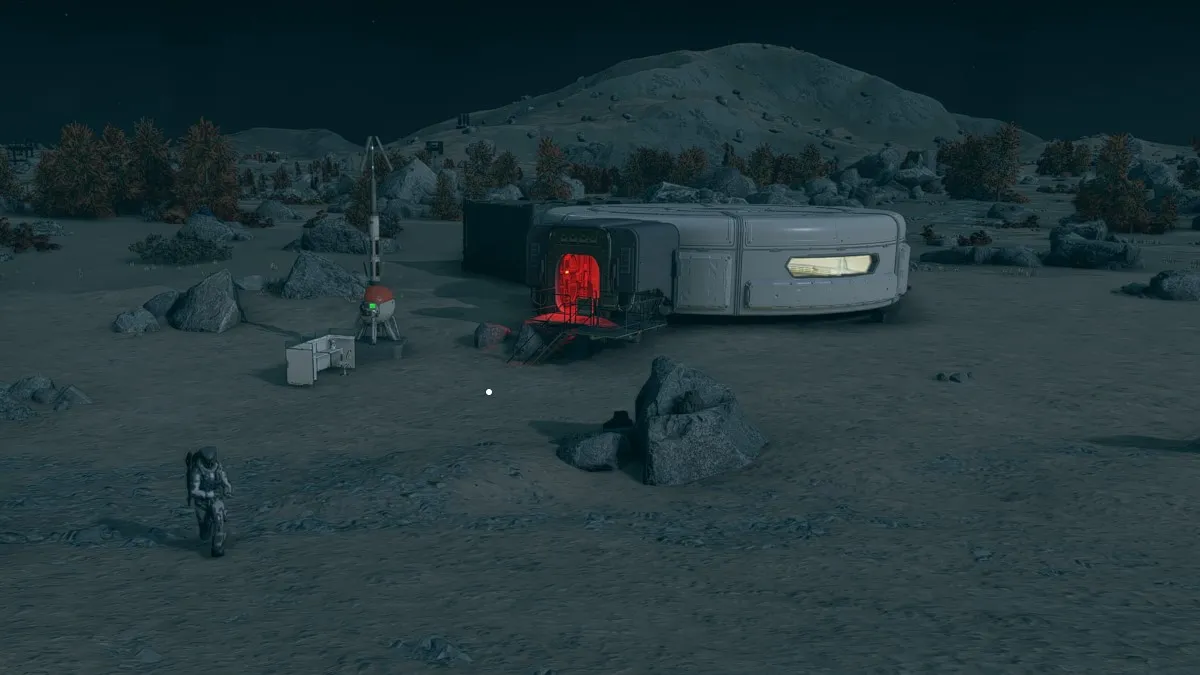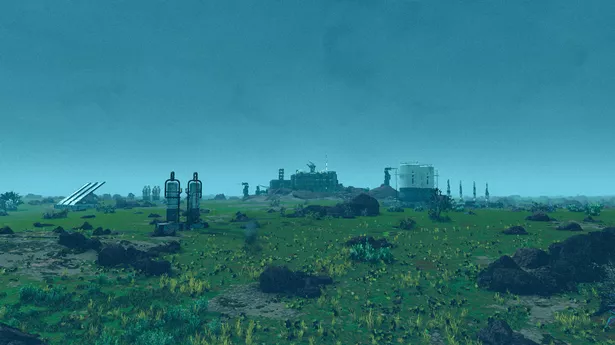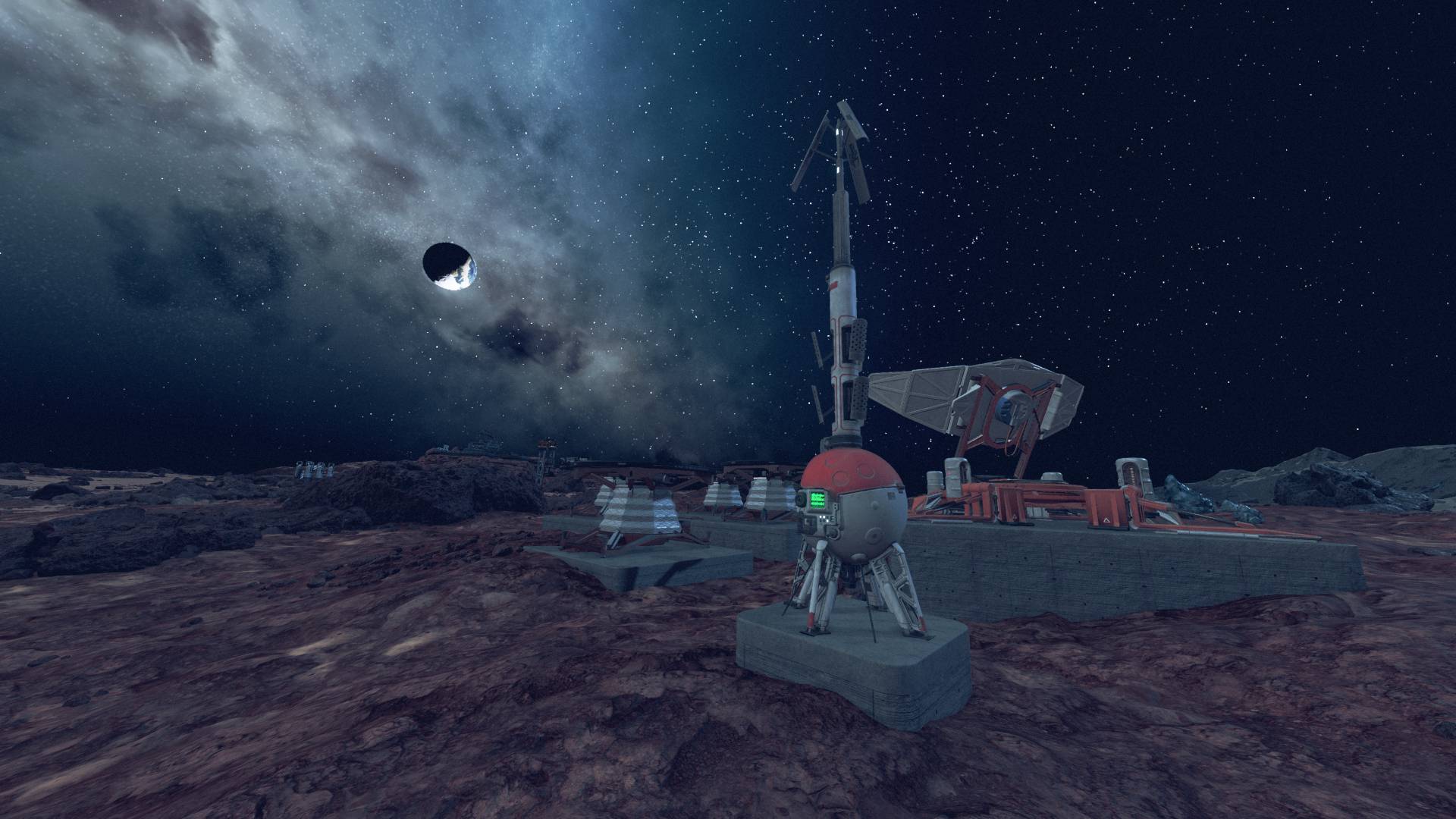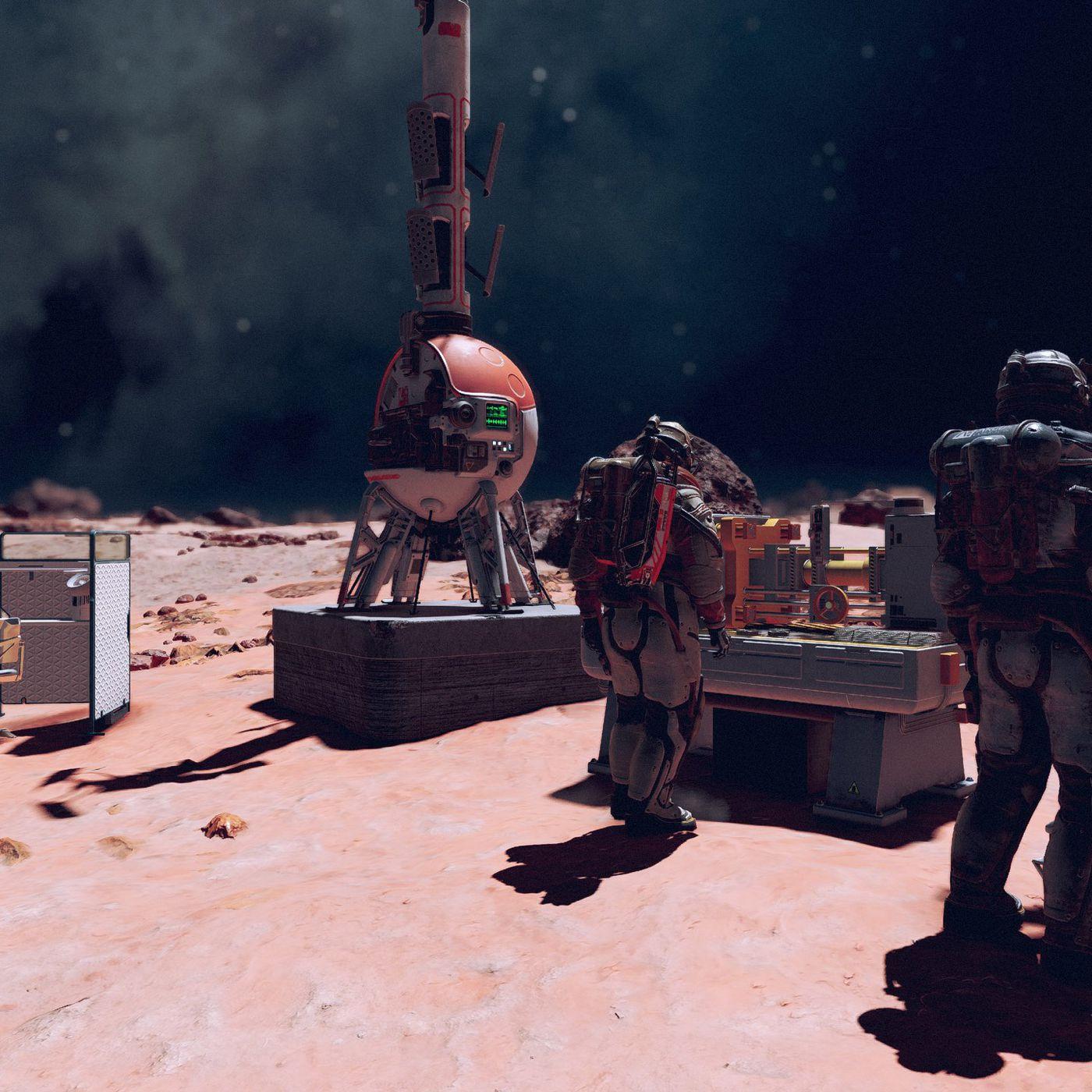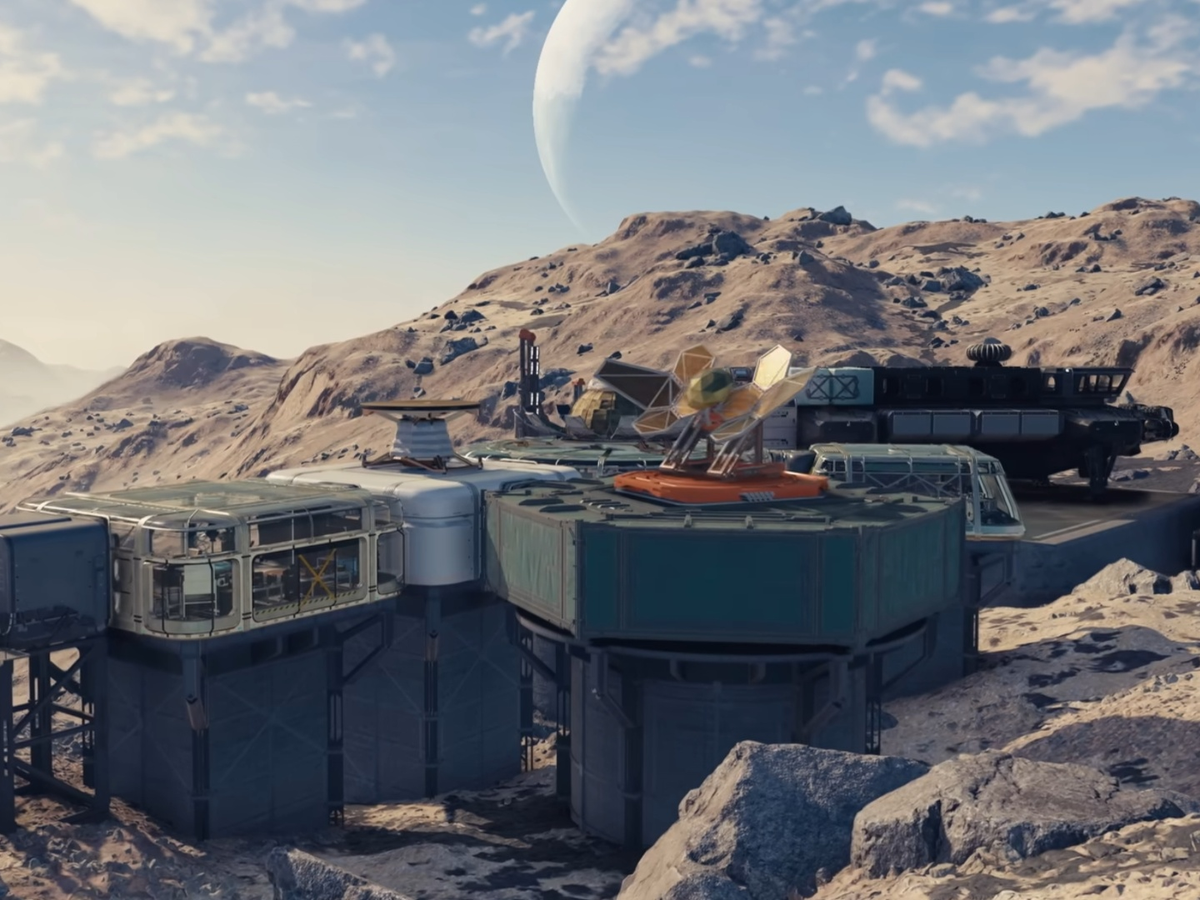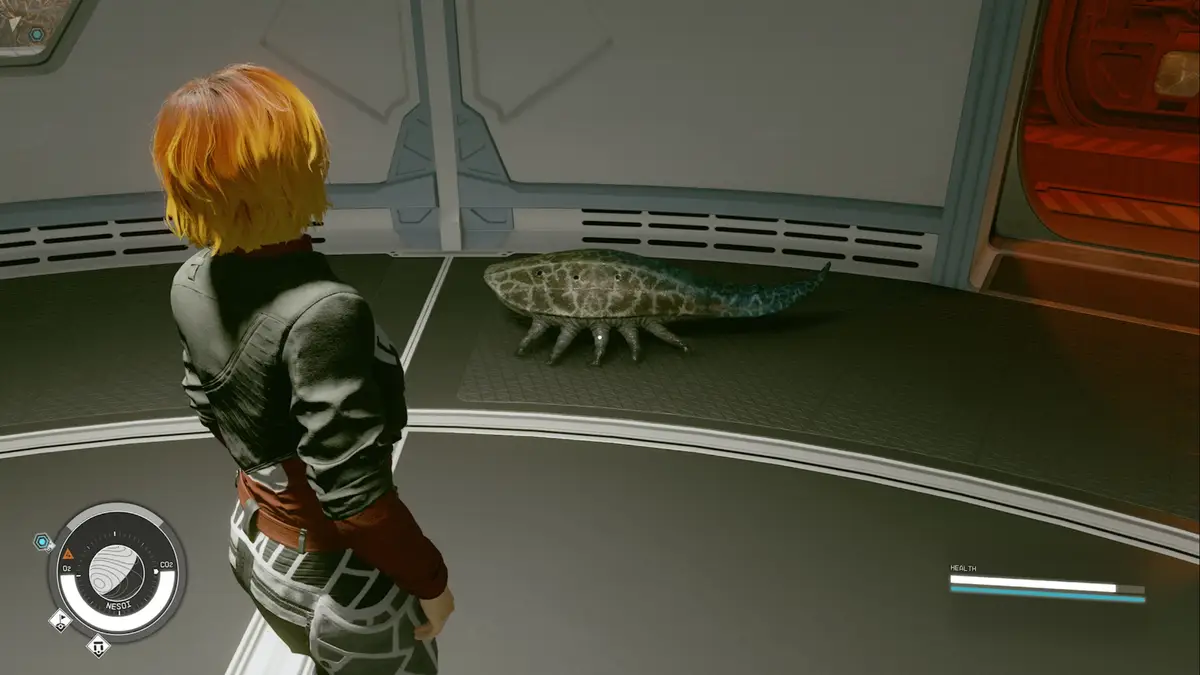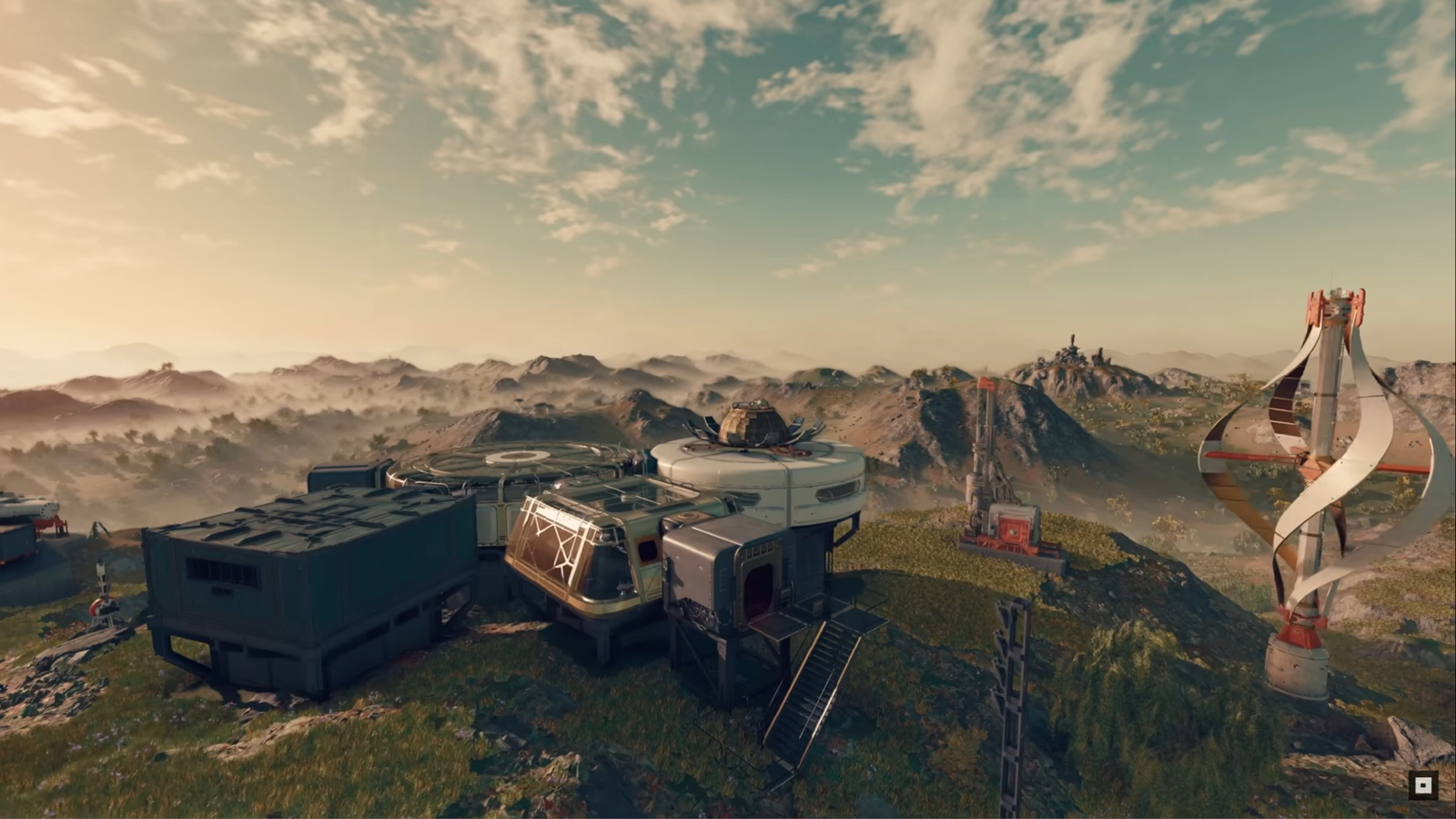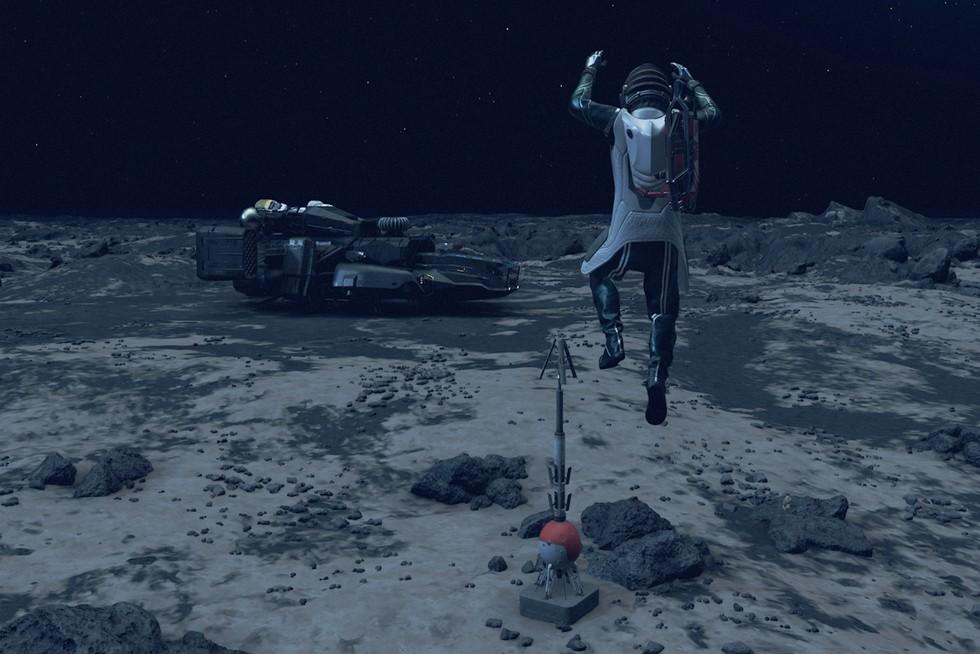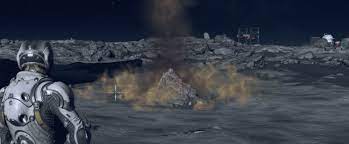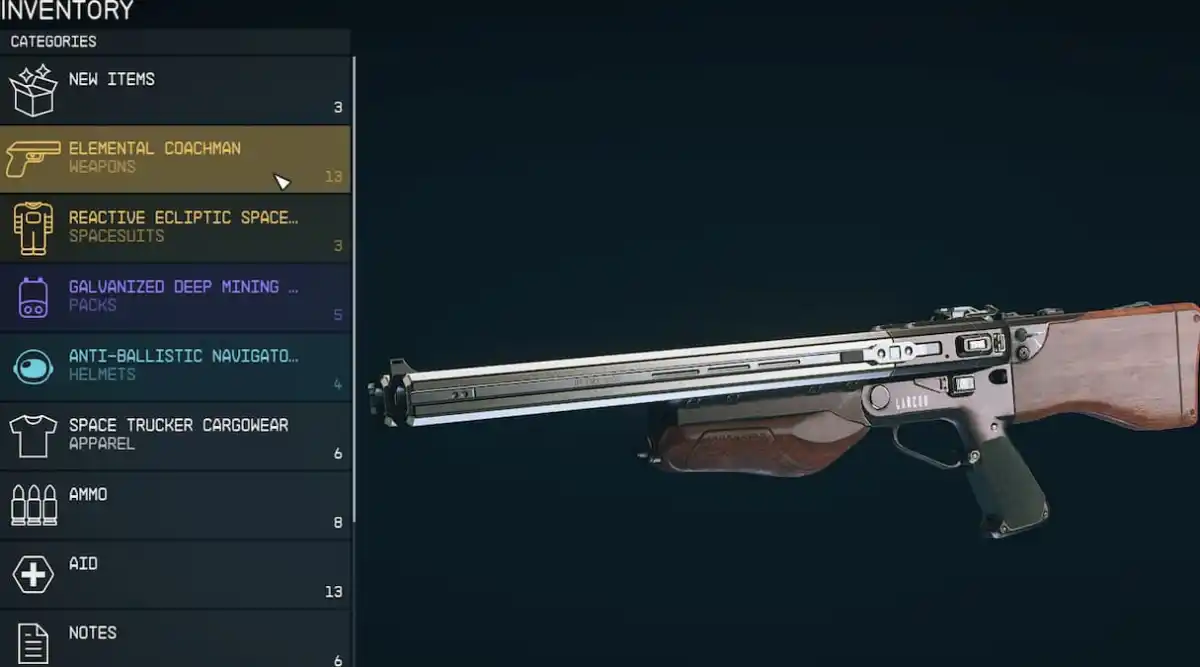Blog
-
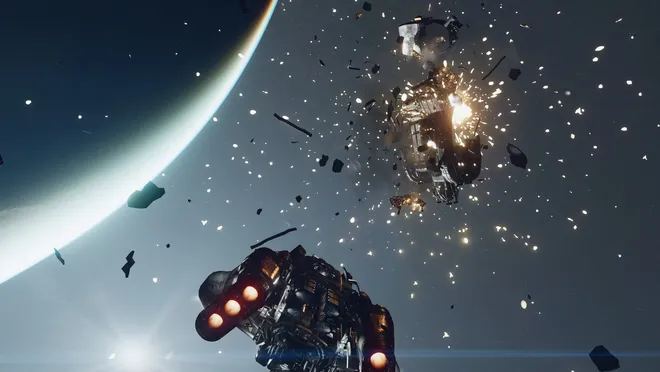
Starfield When Does Come Out on Game Pass?
When Does Starfield Come Out? Release Times and Early Access Details
when does starfeild come put, the highly anticipated game from Bethesda, is poised to launch on Game Pass for Xbox and PC users imminently. For those eager to dive into the cosmic adventure without delay, the Premium Edition upgrade offers instant access. However, if you’re holding out for the end of the Early Access period, the wait is almost over, with the game set to release in less than 48 hours.
Early Access Countdown: Preparing for Launch

If you’ve pre-loaded the game on Game Pass, you’re in for a treat as you’ll gain immediate access upon launch. To help you plan, here are the release times for Starfield across major time zones:
- 5th September:
- 8 PM EDT
- 7 PM CDT
- 5 PM PDT
- September 6, 2023:
- 1 AM BST
- 2 AM CEST
- 5:30 AM IST
- 9 AM JST
- 10 AM AEST
A convenient countdown timer is also available below, ensuring you know precisely when Starfield becomes available in your time zone.
Exploring the 24th Century: What to Expect from Starfield
when does starfeild come put, players will find themselves in the 24th century, navigating a universe where humanity has established colonies across multiple star systems. Embracing the role of a space explorer, players can shape their character and determine their destiny, embarking on a journey filled with exploration, missions, and the construction of their own starship.
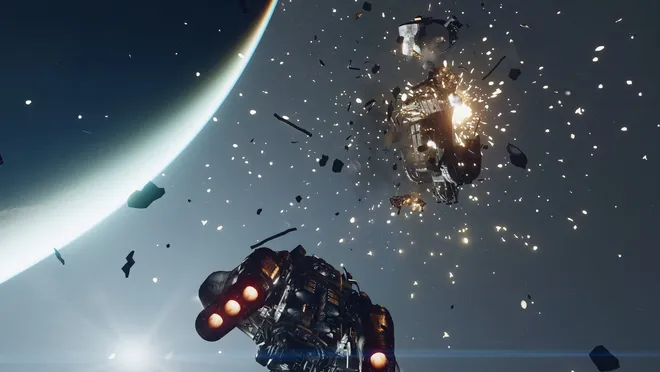
Bethesda’s Bold Venture: Creation Engine 2 and Beyond
Notably, Starfield marks Bethesda’s first new intellectual property in over 25 years. The game is crafted on the cutting-edge Creation Engine 2, promising a more detailed and immersive gaming experience. With an expansive universe awaiting exploration, players will encounter numerous planets, though only a fraction will harbor life.
Critical Acclaim: Early Reviews and Player Feedback
For Premium Edition owners, the game is already accessible and has garnered positive reviews, with several outlets awarding impressive scores of 9/10 and 10/10. While there have been some concerns about PC performance, the overall feedback on the core gameplay is overwhelmingly positive. As the universe of Starfield beckons, players can anticipate an epic adventure with boundless possibilities.
- 5th September:
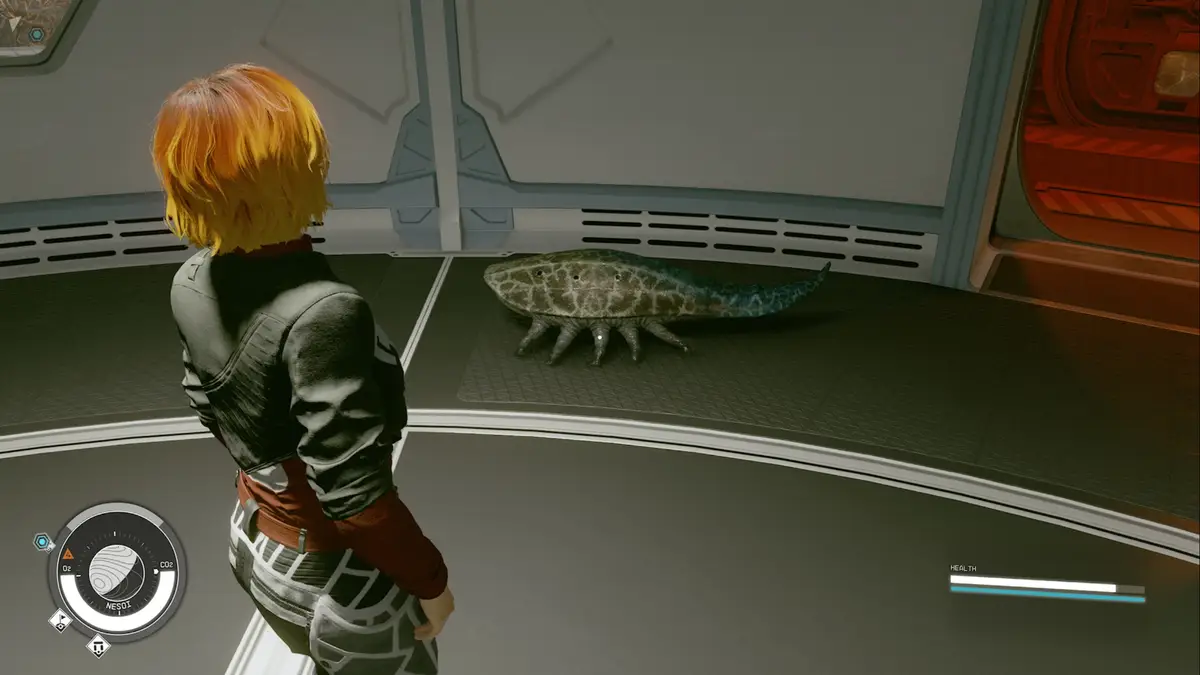
scrolling starfeild image strip
Rediscovering the Endless Starfield: A Nostalgic Journey
In the realm of classic arcade space shooters, the timeless allure of the scrolling starfeild image strip remains unparalleled. Many fondly remember the days when players navigated their ships through an ever-generating cosmos, obliterating hordes of enemy vessels. Yet, the traditional techniques that birthed these animated backdrops face obsolescence in contemporary game development frameworks like Unity, Unreal, or Lumberyard. The challenge lies in adapting these methods to the demands of modern gaming, and the answer might just be a fresh perspective on the ever-thrilling 2D scrolling space shooters.
The Evolution of Starfields: From Pixels to GPUs
In the bygone era, starfields materialized pixel by pixel on the screen buffer, each frame update shifting them at varying speeds to create the illusion of depth. The simplicity and efficiency of this method, demanding minimal CPU resources, made it a staple in creating immersive gaming experiences. Fast forward to today, direct manipulation of screen buffers is archaic, but the essence of the classic technique can still thrive with a contemporary twist. Harnessing the processing power of GPUs opens up a realm of possibilities, paving the way for an endlessly captivating scrolling starfield.
Unleashing the Power of GPUs: A Visual Extravaganza
By adopting a new perspective and leveraging GPU capabilities, we can transcend the limitations of the classic approach. The result? An endlessly scrolling starfeild image strip that mesmerizes with depth and wonder. Drawing inspiration from the vibrant and colorful imagery captured by the Hubble telescope, we can infuse our starfield with various effects limited only by the bounds of our imagination.
The Approach: Shuriken Particle System Unleashed
To achieve a visually stunning starfield, we need hundreds, if not thousands, of stars in diverse sizes and colors. The conventional approach of creating individual sprites for each star is impractical and resource-intensive. Enter the Shuriken Particle System, a specialized Unity component designed for optimal performance when dealing with numerous individual objects on the screen.
Typically used to emit particles in complex patterns, we’ll take a unique approach. Instead of delving into the intricacies of particle system parameters, we’ll leverage its rendering capabilities. By turning off the particle emission process, we can efficiently draw hundreds of stars on the screen in a single batch, achieving unparalleled efficiency.
Initiating the Journey: Setting Up the Scene
Let’s embark on this visual odyssey by creating a new 2D scene in Unity. Follow the steps to adjust the camera settings and establish a simple dark blue color backdrop, laying the foundation for our scrolling starfield image strip.
Note: Screenshots and detailed steps are available for reference in the tutorial.
Embark on this adventure of recreating the magic of classic scrolling starfields in Unity, and let your imagination soar amidst a celestial symphony of stars.

Sure, here’s a rewritten version:
Start by placing a blank game object into the Unity scene using the Unity editor. Next, attach a Particle System component to the game object by selecting the “Add Component” button. Ensure that all settings in the component are turned off, except for the Render entry.



